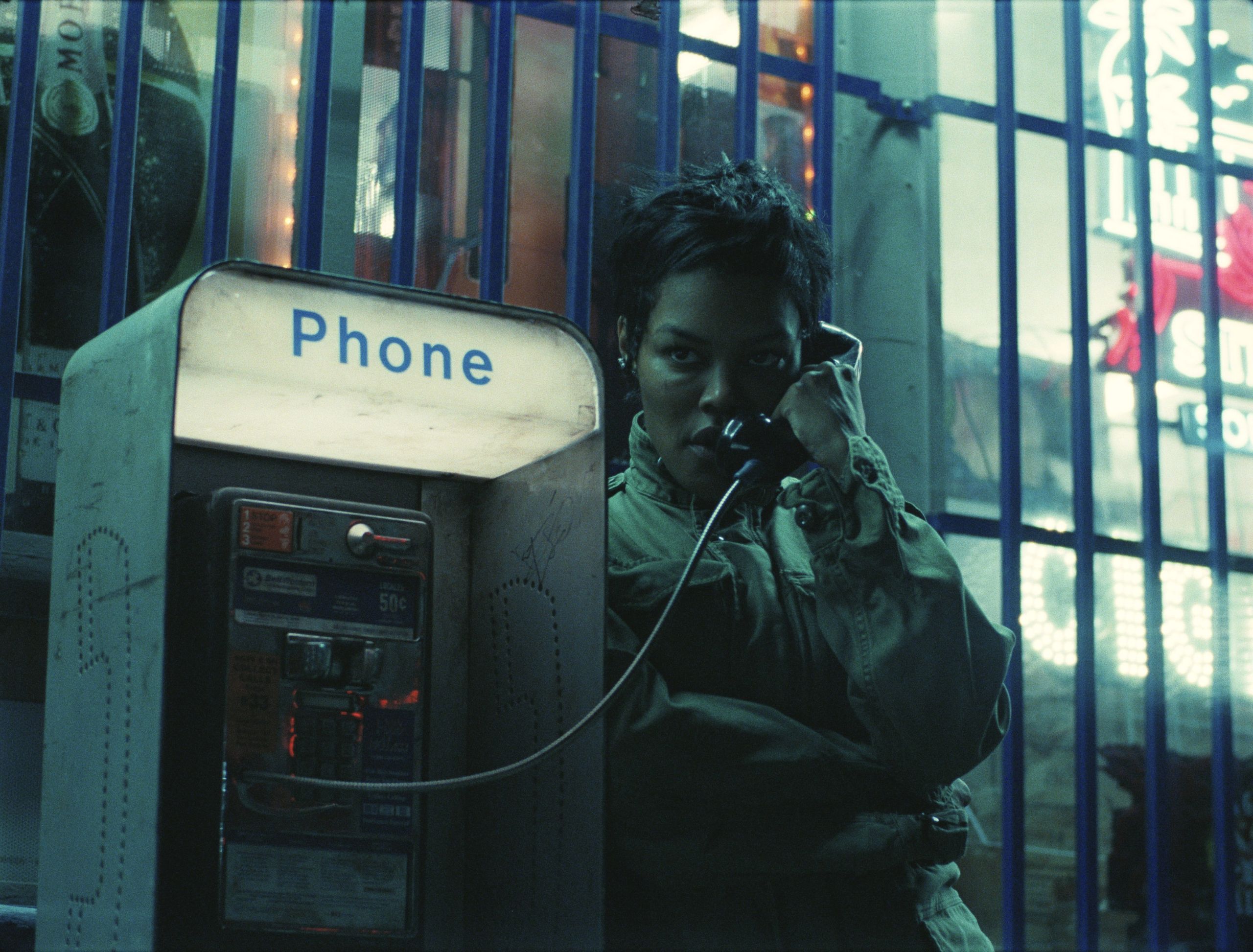Seguire i costi di imaging per il cancro al seno dissuade le persone dal ricevere cure, secondo uno studio.

Una percentuale significativa di pazienti, circa il 21%, afferma che salterebbe l'immagine al seno di follow-up dopo una mammografia anomala se dovesse pagare una franchigia, secondo una nuova ricerca.
Lo studio, pubblicato il 4 aprile su Radiology, ha chiesto a circa 700 partecipanti se, in una situazione ipotetica, rinuncerebbero a questa immagine aggiuntiva per confermare se avessero un tumore al seno. L'alta percentuale di persone che hanno detto di farlo dimostra come il costo sia spesso un ostacolo per gli screening e le diagnosi del cancro al seno, hanno detto gli esperti.
"Sappiamo che la decisione delle persone di utilizzare l'assistenza sanitaria è sensibile al costo che pagano di tasca propria per quella cura", ha detto Anna Sinaiko, PhD, professore assistente di economia e politica della salute presso la Harvard T.H. Chan School of Public Health, a Health. "Se si aumentano i costi per i pazienti, usano meno cure, anche quando sono necessarie e adeguate".
Ecco cosa hanno detto gli esperti sul motivo per cui una parte così significativa di pazienti potrebbe saltare l'immagine diagnostica del cancro al seno, perché questo è motivo di preoccupazione e cosa fare di fronte ai costi elevati.
Attualmente, se una persona fa una mammografia, molto probabilmente non le sarà addebitato alcun costo. Questo grazie a una regola dell'Affordable Care Act (ACA) che obbliga le compagnie di assicurazione a fornire una mammografia gratuita all'anno, poiché sono considerate un "servizio preventivo".
Ma se una persona riceve i risultati della mammografia e il loro fornitore di assistenza sanitaria nota qualcosa di anomalo, verrà chiamata per un'ulteriore immagine. È qui che le cose possono diventare costose.
"Una volta che trovano qualcosa e vogliono che tu torni per un esame di imaging aggiuntivo, potrebbe essere una mammografia, ma spesso è un'ecografia o una risonanza magnetica o altro tipo di imaging. Quindi questo non viene più chiamato test di screening", ha detto Karen Kuntz, ScD, professore di politica sanitaria e gestione presso la University of Minnesota School of Public Health, a Health. "È un test diagnostico. E quindi ora può scatenare un pagamento supplementare".
Nella speranza di indagare sugli effetti di questi costi aggiuntivi dell'immagine diagnostica, i ricercatori hanno dato un questionario ai pazienti del Boston Medical Center tra settembre 2021 e febbraio 2022.
C'erano 714 persone che hanno risposto alla domanda del questionario: "Se sapessi che avrei dovuto pagare una franchigia per l'immagine diagnostica aggiuntiva [per assicurarmi che la mia mammografia di screening sia normale], salterei questa immagine aggiuntiva". Circa il 21% dei rispondenti ha detto che lo farebbe, mentre quasi il 60% ha detto che non considererebbe di saltare l'immagine di follow-up.
Inoltre, 707 partecipanti hanno risposto a una domanda su se saltarebbero lo screening del cancro al seno del tutto se sapessero che dovranno pagare una franchigia per i test di follow-up in seguito. Circa l'18% ha detto che avrebbero saltato questa mammografia di screening iniziale, mentre circa il 66% ha detto che non lo farebbe.
Oltre a coloro che hanno dato una risposta sì o no a ciascuna affermazione ipotetica, una parte significativa di persone ha detto di non sapere cosa fare: il 20% ha detto che non era certo se avrebbe saltato un'immagine di follow-up dopo una mammografia anomala e il 16% ha detto di non sapere se avrebbe saltato la mammografia iniziale.
Questo potrebbe indicare che il numero effettivo di persone che evitano questi test e questi screening di follow-up è ancora più elevato.
Lo studio ha anche scoperto che alcuni gruppi demografici sono più propensi a saltare l'immagine al seno diagnostica rispetto ad altri. In linea con le disparità sanitarie preesistenti, le persone meno istruite, con un reddito più basso, non bianche e con Medicaid o nessuna assicurazione erano più propense a evitare sia la mammografia che l'immagine al seno aggiuntiva a causa del costo.
"Ciò aumenterà le disparità nei risultati del cancro al seno, il che è ciò che non vogliamo", ha detto Kuntz.
Gli esperti hanno spiegato che lo studio ha alcune limitazioni. Poiché c'erano solo alcune centinaia di partecipanti, i risultati potrebbero non riflettere l'opinione dell'intera popolazione statunitense che è idonea alla mammografia. Inoltre, i ricercatori hanno chiesto ai pazienti di spiegare il loro comportamento in una situazione ipotetica, il che potrebbe significare che si comporterebbero in modo diverso quando si confrontano con una mammografia anomala reale e una franchigia elevata.
Tuttavia, i risultati dello studio sembrano essere in linea con ciò che gli esperti già sanno. Uno studio pubblicato l'anno scorso ha trovato che circa il 20% delle persone non è tornato per la loro visita di follow-up dopo aver ricevuto risultati di mammografia inconcludenti. E il problema è evidente anche al di fuori dello screening del cancro al seno: circa il 40% dei partecipanti al sondaggio ha riferito di aver saltato un test o un trattamento medico raccomandato perché preoccupati per il costo.
Therese Bevers, MD, direttrice medica del Cancer Prevention Center della University of Texas MD Anderson Cancer Center, ha detto che ricevere risultati anomali dalla mammografia è abbastanza comune. Ma è sempre meglio essere prudenti.
“While 80% [of abnormal mammograms] are not breast cancer, 20% are,” Dr. Bevers told Health. “Where do the two intersect? How many of the 20% of breast cancers are going to be in that one of five women who elect to not get the further workup? And so then things progress, and she’s ultimately diagnosed at a more advanced stage.”
This is precisely what healthcare providers are trying to avoid, Sinaiko explained.
“Cancer outcomes are a lot better the earlier it is detected,” she said. “We want patients to go for their mammograms to be screened so that we can catch the disease as early as possible, then it just leads to better survival and quality of life.”
The findings are also concerning because they raise the question of whether skipping care is common practice even after people get diagnosed with breast cancer, said Sarah Tevis, MD, assistant professor of surgery at the University of Colorado Anschutz Medical Campus.
“If it’s such a barrier that they can’t even get [screened] to get diagnosed, are they going to be able to afford to follow through with the treatment recommendations that we provide?” she told Health.
Though it’s important for people to commit to additional breast cancer imaging if necessary, it can be hard to quantify the cost. For one, the cost often depends on the type of imaging a provider orders, the experts said.
“They could maybe just need a diagnostic mammogram that reassures the radiologist that there’s nothing concerning going on,” Dr. Tevis said. “Or they could need a mammogram and an ultrasound and a biopsy and an MRI.”
If more intensive exams are required, she explained, that’s where the costs could become quite significant.
What the patient themselves is responsible for paying also depends on if they have health insurance, and the type that they have.
If the additional breast imaging falls under someone’s deductible, Sinaiko explained, they will have to pay the full cost. It may be less expensive if a person has a copay or coinsurance, where they’ll pay a flat fee or a percentage of the cost, respectively.
In addition to the cost of the care itself, patients may be discouraged from going to their follow-up if they have to find childcare, travel long distances, or take time off work, Dr. Tevis added.
“As you start to think about the different financial barriers to getting that further workup, you can see why some women may find that prohibitive,” Dr. Tevis said. “I’ve seen women who don’t have insurance and who can’t afford their screening exams who have come in with a breast cancer diagnosis that probably would have been picked up on a screening mammogram.”
Lowering costs may be a matter of simply redefining what is considered a preventative screening test versus a diagnostic test. If follow-up appointments were considered the former rather than the latter, public and private insurance would likely cover them.
“The intent of the screening mammogram is early detection,” Dr. Bevers said. “Just getting the screening mammogram isn’t enough. You’ve got to complete the workup. And so the workup really is part of the screening.”
Covering preventative care is also to the benefit of groups such as insurance companies and employers, Sinaiko added, since it increases the odds that someone will need less aggressive care down the road if their cancer is caught early.
But for now, experts agree that people should make a plan for what they should do if they were to need a follow-up breast exam. They can call and ask their insurance provider to spell out what exactly is covered, Kuntz said, and they may want to consider shopping around to see if they can find better coverage for these follow-up tests, Sinaiko added. Healthcare facilities may also have financial counselors or other resources that people can take advantage of, Dr. Tevis said.
Beyond the individual level, however, real change in the costs associated with follow-up breast imaging may need to come from a higher level. This could include everything from legislative pressures on insurance companies, to raising awareness of the importance of attending these types of appointments, experts agree.
Covering that initial screening mammography is a huge step in the right direction, but patients need to be in a position where they can actually determine whether they have breast cancer.
“People are becoming more and more aware that, ‘Oh, this is great that we’re covering the screening tests, but we have to cover all of the follow-up tests as well,’” Kuntz said. “Otherwise, there’s no effectiveness—[there’s] no upside to doing that first test if you can’t do the follow-up.”




